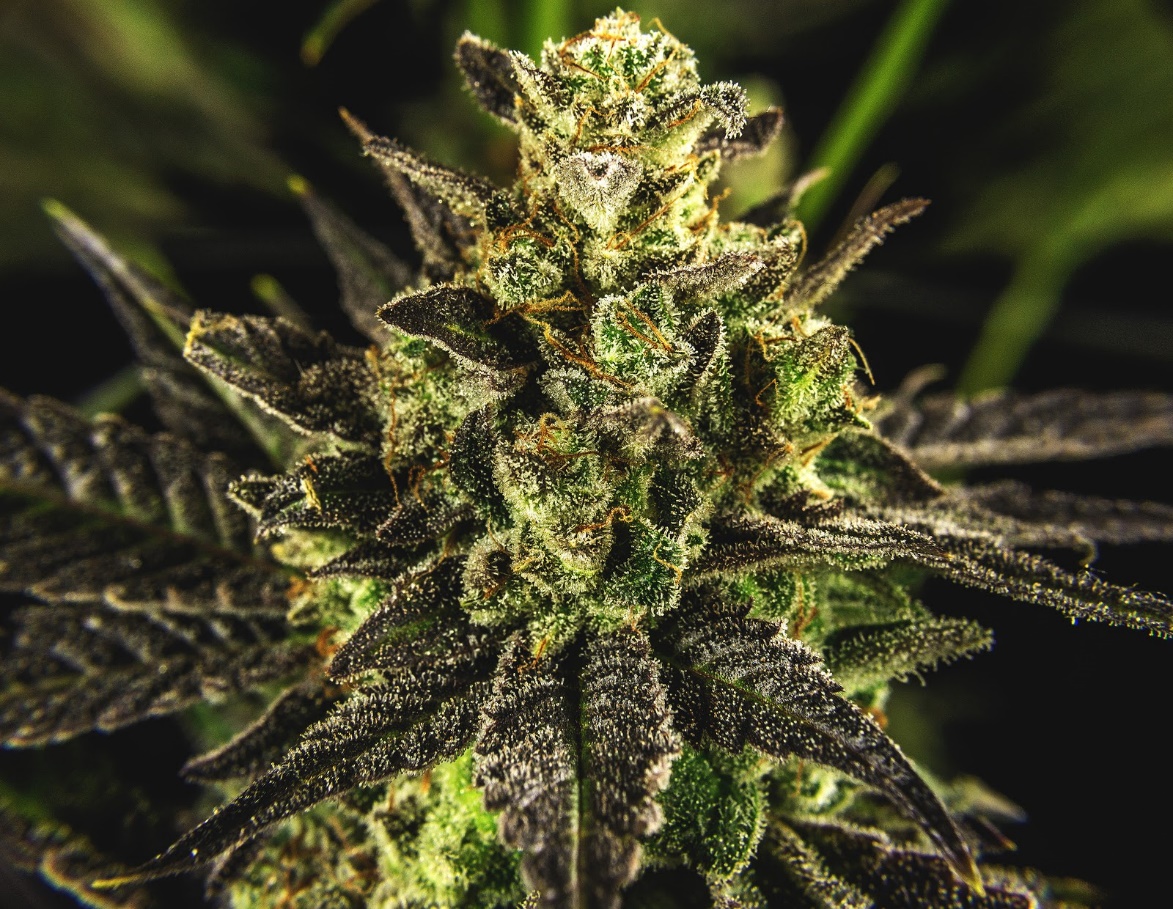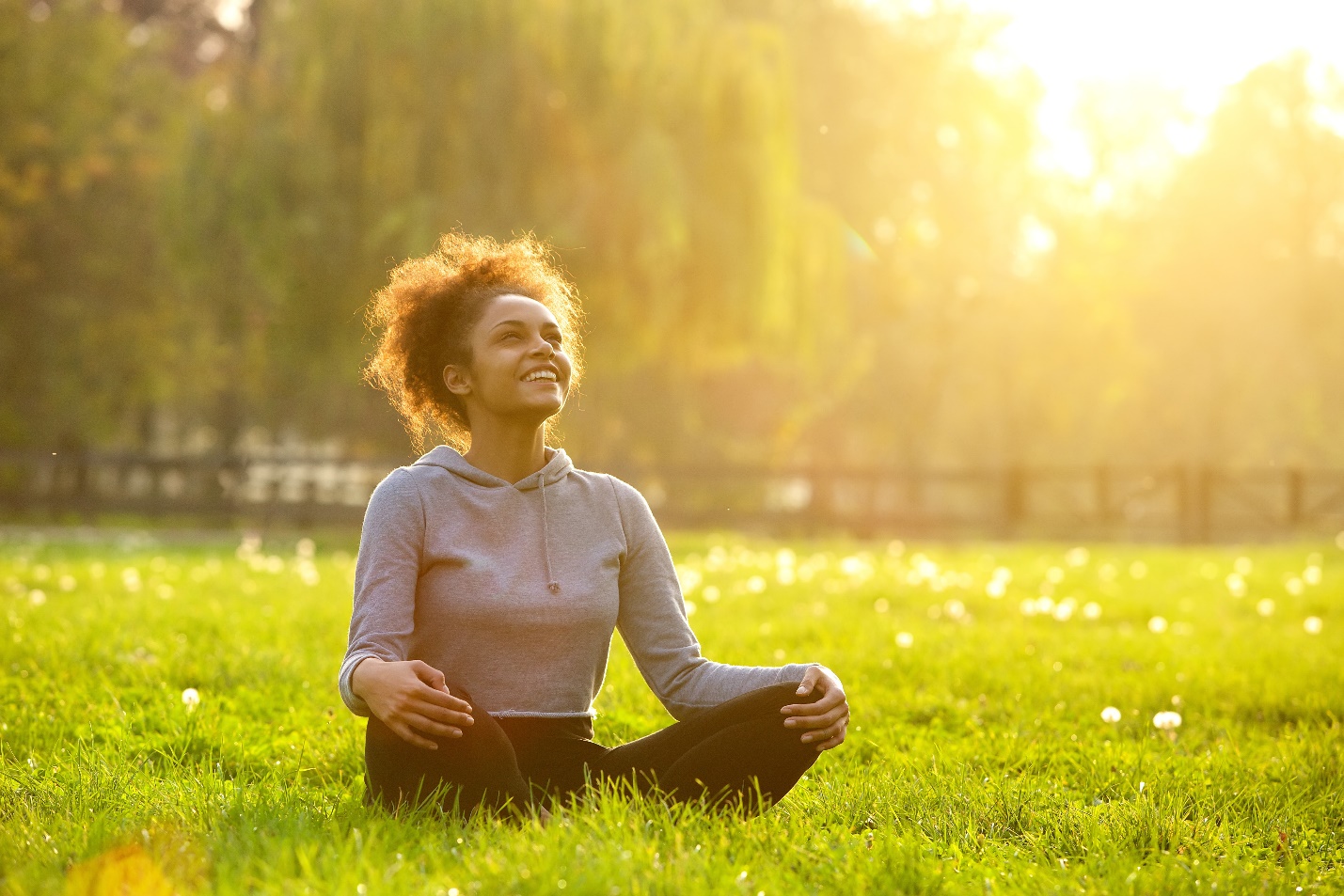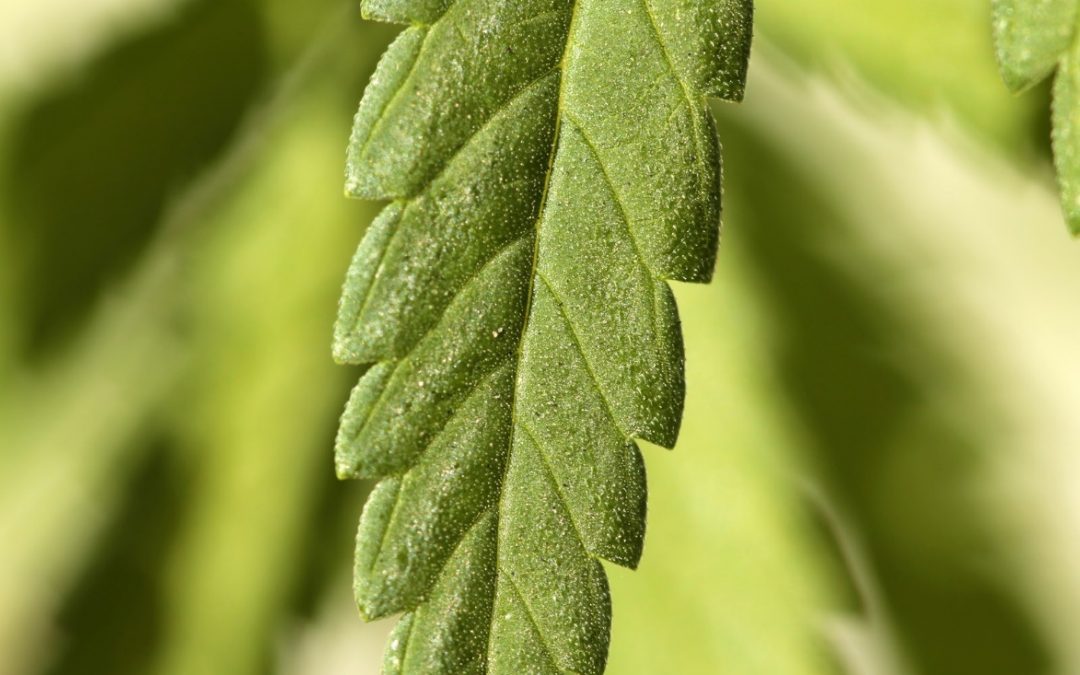Last week, we wrote about the health benefits of marijuana when taken at low doses instead of recreational doses. In part two of our exploration on Cannabis dosing, we’ll take a closer look at the practice of “microdosing” with sub-therapeutic quantities of THC and other cannabinoids. What is the purpose of microdosing, and how can those who follow this unique practice benefit? Whether you have been diagnosed with a qualifying condition, or would simply like to enhance your overall health, this article will help you understand the reasons for, and potential effects of, microdosing with marijuana.

What is Microdosing with Marijuana (Cannabis), and What Are the Benefits?
From a recreational user’s standpoint, the goal of using Cannabis is to experience the “high.” But from a medical user’s standpoint, the high is merely a side effect, while the main goal is getting relief from symptoms like pain, nausea, depression, and muscle stiffness.
For a recreational user who is purely interested in having a psychoactive experience, microdosing is likely of little interest due to the negligible quantities of THC involved. After all, most recreational products contain at least approximately 50 mg of THC, while a microdose is typically as low as just 1 or 2 mg.
Microdosing also has limited applications for seriously ill patients, most of whom require doses of at least 5 to 15 mg before therapeutic effects are noted.
However, there are also people who exist between these two Cannabis user groups: healthy adults who, while seeking neither a high nor a cure, are still interested in harnessing the general wellness benefits of marijuana. For people in this demographic, microdosing could be the ideal method of use, with studies suggesting that microdoses of Cannabis can elevate mood without the intoxicating effects of a recreational or therapeutic dose.
For example, one study published earlier this year in Drug and Alcohol Dependence compared how healthy volunteers performed at stressful and non-stressful tasks “after receiving 0, 7.5 mg, or 12.5 mg [of] oral THC.” (Note that while a microdose is generally classified as 1 to 2 mg of THC, the threshold could be up to 10 mg due to variations in individual response.)
“In comparison to placebo,” wrote the study authors, “7.5mg THC significantly reduced self-reported subjective distress after the [stress test] and attenuated post-task appraisals of the [stress test] as threatening and challenging.” In other words, after the stress test was completed, people who took 7.5 mg of THC reported feeling less stress and intimidation than the people who received a placebo dose (no THC).
“By contrast,” the findings continued, “12.5 mg THC increased negative mood overall i.e., both before and throughout the tasks, and pre-task ratings of the [stress test] as threatening and challenging. It also impaired [stress test] performance and attenuated blood pressure reactivity to the stressor.”
Translated into plain speech, the middle dose was optimum. Volunteers reported feeling better with 7.5 mg than with no THC – but reported feeling worse with 12.5 mg than with 7.5 mg.
These findings may seem surprising or counterintuitive, but make more sense once you learn about the “biphasic” (two-part) effect, or the phenomenon of different effects resulting from the same substance administered in different quantities. To use a common example that you’ve probably experienced firsthand, a few drinks might make you feel pleasant and relaxed, but continued drinking can lead to nausea, vomiting, headaches, depression, and other unpleasant side effects. In short, the biphasic effect is “too much of a good thing” in scientific action.
Like alcohol, Cannabis also has a biphasic effect. Small amounts of THC can have positive effects on the user, while higher amounts might affect the same (or similar) users negatively, just as the Dependence study demonstrated. As the study’s authors concluded, “Our findings suggest that a low dose of THC produces subjective stress-relieving effects in line with those commonly reported among [C]annabis users, but that higher doses may non-specifically increase negative mood.”
While microdosing is chiefly practiced by healthy individuals for its mood-enhancing effects, studies on mice indicate that microdosing could also have potential benefits for cognitive health. In a study published in Nature Medicine earlier this year, researchers found that “a low dose of THC reversed the age-related decline in cognitive performance of mice aged 12 and 18 months.”
In fact, much of Silicon Valley is using Cannabis (or other hallucinogens) in microdoses to enhance their focus and creativity at work. Studies on the effect of Cannabis on creativity are mixed, but also often use doses much higher than we are talking about here. Lower doses do seem to correlate with better mood and cognitive performance.

Boston Medical Marijuana Doctor Serving MA Residents
The bottom line for Cannabis users is that even minor dosage adjustments can have major consequences, as shown in the Dependence study. Whether an individual is interested in marijuana for pain relief, fighting nausea, or simply improving his or her mood, dosage should be calibrated to each individual for optimum results, taking into consideration factors like tolerance, age, diet, exercise, mood, medication interactions, and physical fitness.
For a confidential consultation about marijuana for qualifying conditions or general wellness enhancement, call Inhale MD at (617) 477-8886. Offering consultations in Brookline and Cambridge for Boston residents, in addition to secure online consultations, Inhale MD serves adult Massachusetts residents statewide.

